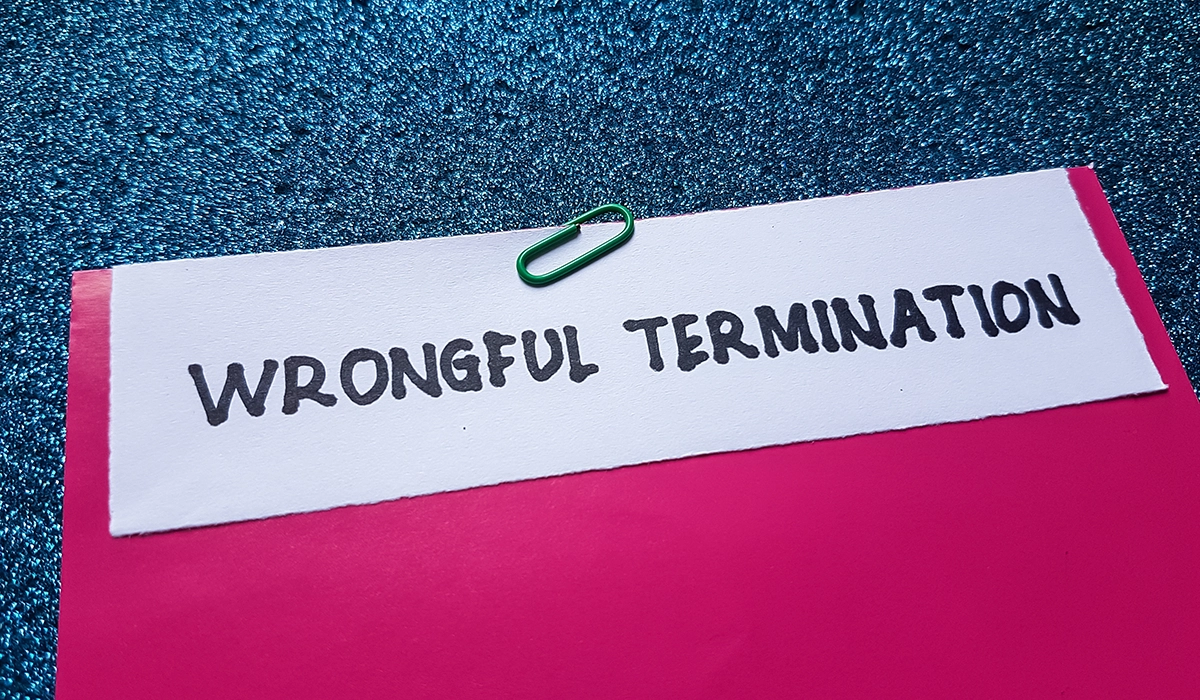How Employers Can Avoid Wrongful Dismissal Claims
Wrongful dismissal claims can be costly, time-consuming, and damaging to an employer’s reputation. These claims arise when an employee is dismissed in breach of the terms of their employment contract, most commonly when they are not given proper notice or dismissed without following the contractual or statutory procedures. Employers in the UK can protect themselves by understanding the law, implementing fair procedures, and ensuring all staff are trained and informed. This article outlines key steps employers can take to avoid wrongful dismissal claims.
Understand What Constitutes Wrongful Dismissal
Wrongful dismissal occurs when an employee is terminated in a way that breaches their employment contract. The most common breach is failure to provide the correct notice period, either statutory or contractual. It’s important to distinguish this from unfair dismissal, which involves breaches of statutory employment rights and usually applies only to employees with over two years of service.
To avoid wrongful dismissal, employers must ensure they understand the notice periods set out in contracts and employment law. The minimum statutory notice is:
- One week’s notice if employed between one month and two years
- One week for each year of service (up to 12 weeks) for employees with more than two years of continuous service
Use Clear, Legally Compliant Employment Contracts
A well-drafted employment contract is the foundation for avoiding wrongful dismissal. The contract should specify the notice period, grounds for termination, and any relevant procedures. Using vague or outdated contracts increases the risk of legal issues. Contracts should also include a clear disciplinary and grievance procedure in line with the ACAS Code of Practice.
Review contracts regularly to ensure compliance with current employment law and best practice. Consulting with an employment solicitor can help tailor contracts to the business’s needs while remaining legally sound.
Follow Fair and Consistent Disciplinary Procedures
Employers must ensure that any dismissal, particularly for misconduct or poor performance, follows a fair process. This usually involves:
- Carrying out a full investigation into any allegations or issues
- Providing the employee with the details and evidence against them
- Allowing the employee an opportunity to respond and be accompanied at hearings
- Offering the right to appeal any decision made
These steps align with the ACAS Code of Practice, which, while not legally binding, is often considered by tribunals in assessing the fairness of dismissals. A failure to follow these guidelines can turn a lawful dismissal into a wrongful one.
Provide Adequate Notice or Pay in Lieu
If an employer wants an employee to leave immediately, they must either provide the contractual notice or pay in lieu of notice (PILON). Without this, the dismissal may be classed as wrongful even if there was justification for ending the employment.
Employers should include a PILON clause in their contracts, giving them the flexibility to terminate employment with immediate effect while still complying with contractual obligations.
Document Everything
Clear and consistent documentation is essential in defending against wrongful dismissal claims. Employers should keep written records of:
- Performance reviews
- Warnings and disciplinary actions
- Employee responses and acknowledgements
- Meeting notes and communications related to termination
In the event of a claim, this documentation can be used as evidence to demonstrate that the dismissal was conducted lawfully and fairly.
Train Managers and HR Staff
Many wrongful dismissal claims stem from a lack of awareness or inconsistency in how dismissals are handled. Providing training for line managers, supervisors, and HR staff on employment law, internal policies, and fair dismissal procedures is critical.
Training should include:
- Basics of contract law and notice requirements
- ACAS guidelines on disciplinary and grievance procedures
- Handling difficult conversations and documentation best practices
Consider Mediation or Settlement Agreements
In some cases, particularly where relationships have broken down, it may be beneficial to consider alternative routes such as mediation or a settlement agreement. These approaches can avoid the risk of claims and offer a clean break for both parties.
A settlement agreement, formerly known as a compromise agreement, is a legally binding contract where the employee agrees not to pursue certain claims in exchange for a negotiated sum or other terms. These must be signed off by the employee’s independent legal adviser to be valid.
Conclusion
Wrongful dismissal claims can arise even from well-intentioned actions if contractual obligations are not properly followed. By putting robust employment contracts in place, adhering to fair procedures, documenting processes, and training staff effectively, employers in the UK can significantly reduce the risk of facing such claims. Taking a proactive approach not only protects your business legally but also fosters a workplace culture based on fairness and compliance.
For more information on Wrongful Dismissal Claims contact Blake-Turner LLP.
